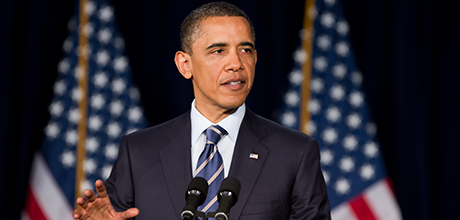Last week, President Barack Obama unveiled an ambitious plan that aims to make colleges more affordable and accountable through a new ratings system that would ultimately be tied to federal financial aid.
George Washington Today spoke with Sandy Baum, senior fellow in the Graduate School of Education and Human Development, about the plan, the likelihood it will become law and how effective it might be.
Q: What are the basic tenets of Obama’s plan?
A: The president has proposed constructing a rating system that would provide students and families with more information about outcomes for students and would allow more effective comparisons of institutions. He would eventually adjust students’ financial aid depending on the ratings of the institutions they attend. He has also proposed giving borrowers in repayment more information about their options and providing incentives to institutions to find cost-saving innovations and to more successfully educate low-income students.
Q: How would the ranking system work?
A: No one knows exactly how the rating system would work. It would be very complicated and would require a lot of good data that we don't now have. The administration does say it would only involve comparisons among similar institutions.
Q: Would the plan affect public and private schools alike?
A: There is no differentiation among sectors in the president’s proposals.
Q: Do you think the plan would succeed in making college more affordable?
A: The plan would not have much impact on college affordability. There is not even agreement on what that means. The most effective changes would be increases in incomes, reductions in income inequality and better state funding for public institutions.
Q: How likely is the plan to become law?
A: Some of the president’s ideas can be implemented without changes in the law. The administration can, for example, construct a rating system without congressional action. Congressional action on anything is pretty unlikely, at least in the short run.
Q: What are some alternative options to lower college tuition costs?
A: The best solution is better state funding. That is the main explanation for rapidly rising tuition in the public sector. It is very important to distinguish between sticker prices and the net prices students actually pay after taking financial aid into consideration. Net prices are much lower than sticker prices for most students and have risen less rapidly. Some colleges lower their published prices and get headlines, but no one really pays less because they cut everyone’s financial aid at the same time.


